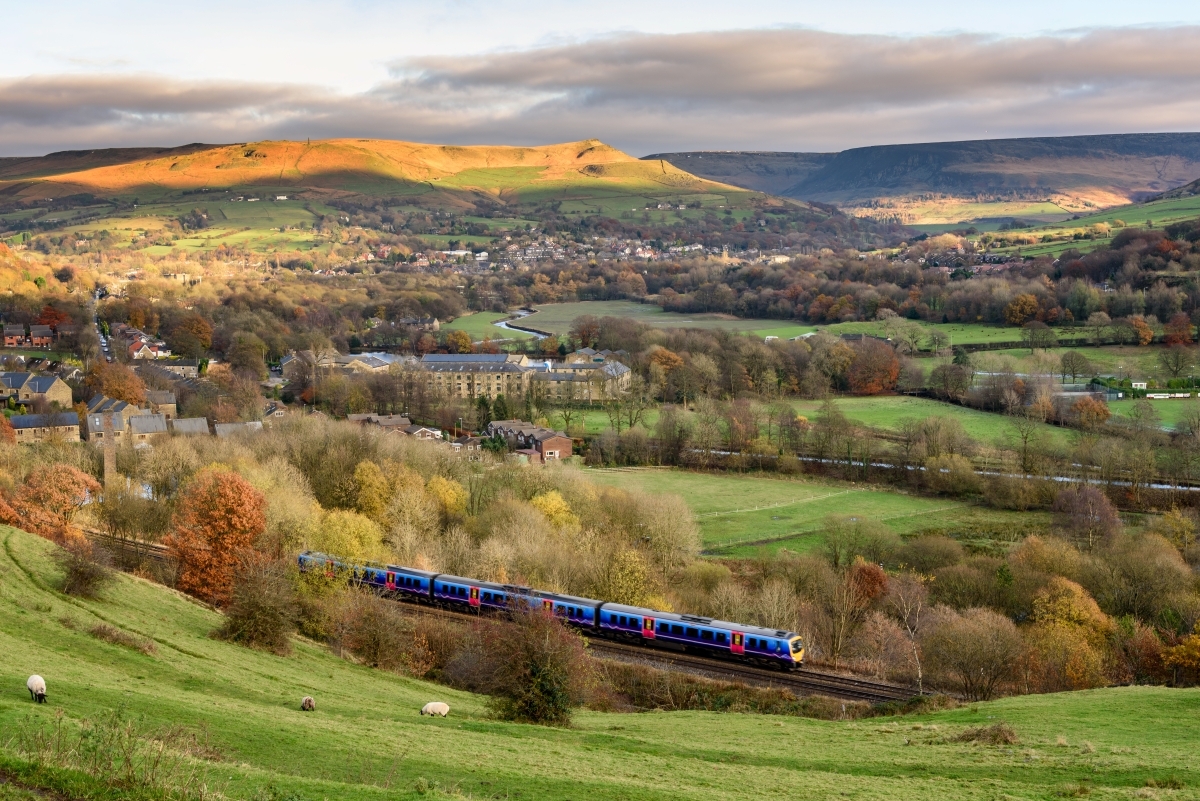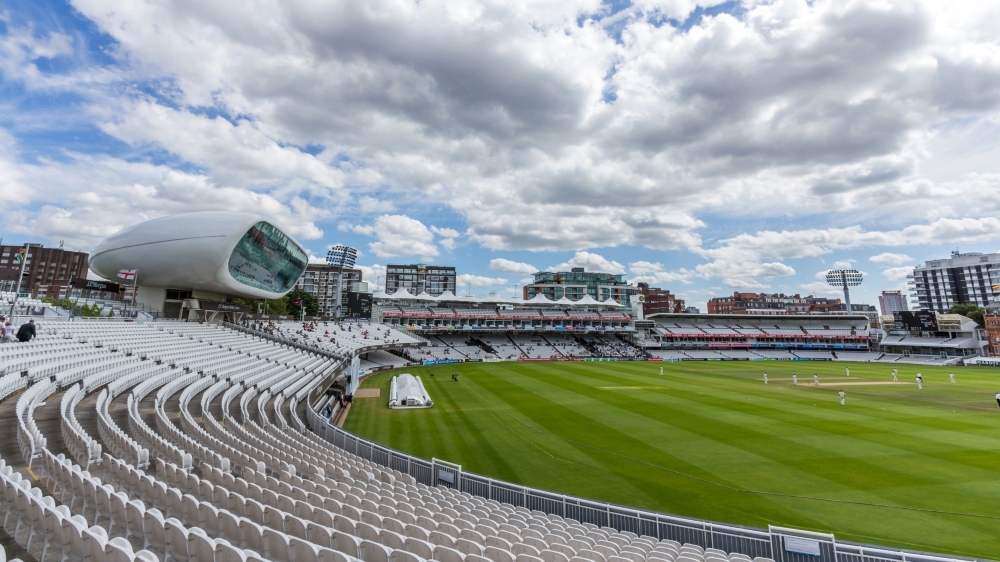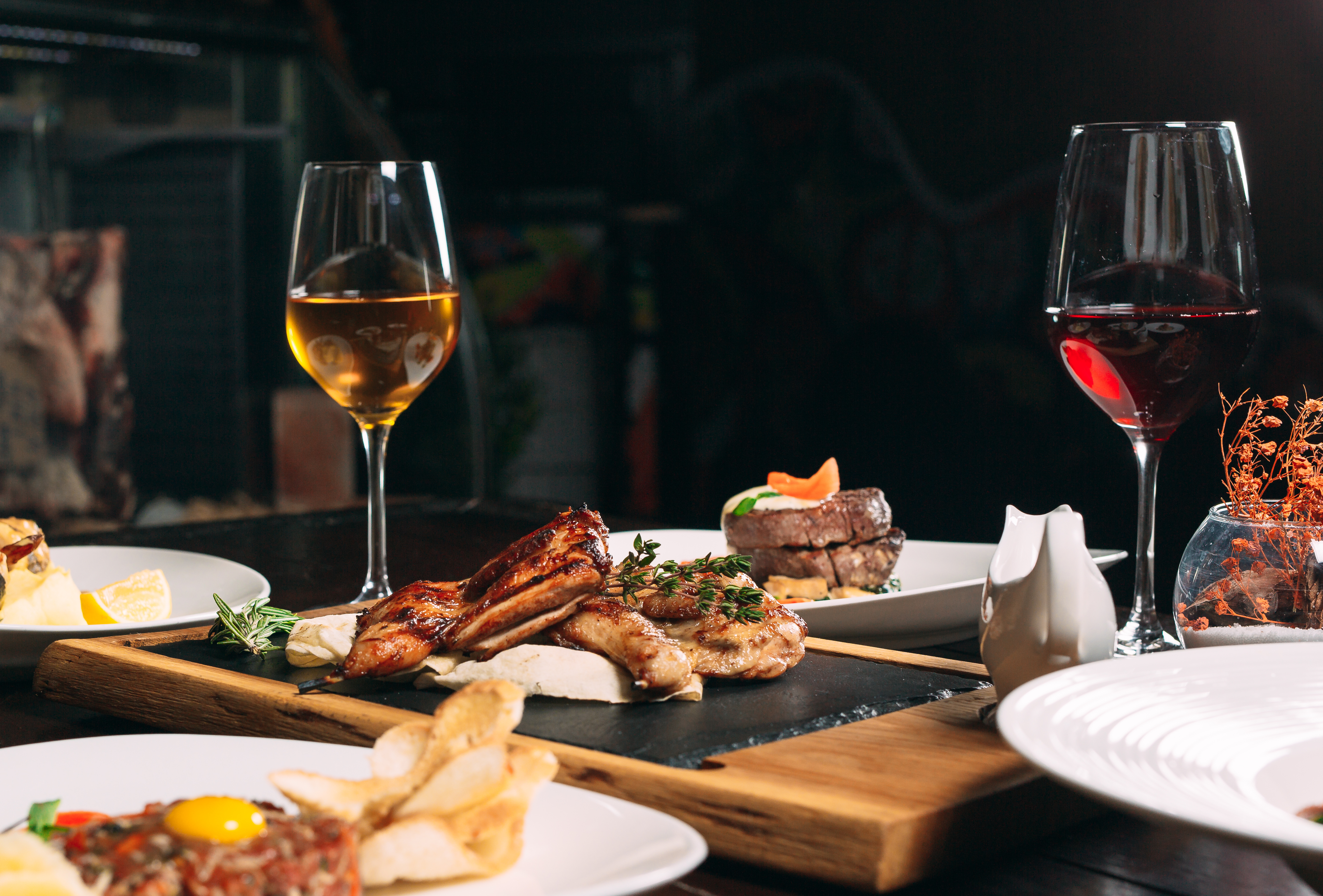Buying a Luxury Flat in London
As a city that is home to over 8 million people, London stands among the world’s leading metropolitan hubs and continuously draws interest from those looking to invest in luxury real estate.
Although property prices in the capital are at a premium compared to other major UK cities, demand for housing remains strong. In the second quarter of 2025, outer-prime areas such as Wimbledon, Richmond and Chiswick rose by over 7%, while prices across London’s most affluent neighbourhoods continue to reflect their greatest value in over a decade.
The highest demand is for new or newly refurbished luxury apartments that offer contemporary amenities, such as concierge services, energy efficiency, wellness spaces and security. Investing in a high-end flat in London is not just about purchasing property, it’s about securing exclusivity, convenience and long-term value in one of the world’s most vibrant capitals.
This guide outlines the key considerations and processes involved in successfully purchasing a luxury flat in London.

Understanding Property Ownership
Before considering specific properties, it is crucial to understand the two main types of property tenure in England: freehold and leasehold.
Freehold
Owning a freehold property means full control of both the flat and the land it sits on and provides complete control over maintenance, renovations and long-term use, as well as the reassurance that there are no ground rents or lease limitations to consider.
For those seeking absolute autonomy and maximum investment security, freehold is an ideal choice, although such properties are exceptionally rare in central London.
Leasehold
Leasehold, by contrast, is the standard for most luxury flats, with leases ranging from 99 to 999 years. The buyer holds a long-term lease and pays annual ground rent and service charges and in return, the management of the building and communal spaces is maintained by the freeholder or managing agent.
Even within leasehold arrangements, many modern luxury developments offer a lifestyle akin to hotel living, with concierge, spa facilities and private gyms often on the doorstep.
Succession and Estate Planning
Freehold ownership extends indefinitely, meaning that the property can be inherited and forms part of an individual's estate or can be passed to heirs as part of an estate, whereas leasehold ownership is time-limited to the remaining lease term. A leasehold property can be inherited while the lease is still active, but the asset itself reverts back to the freeholder unless the lease has been extended, and it cannot form generational wealth the same way freehold properties can, as they're ultimately time-limited assets.
UK Inheritance Tax may apply to the property’s value at the time of succession, which is typically at a rate of 40% above the nil-rate threshold. Non-UK domiciled buyers should also note that UK property is generally within the scope of Inheritance Tax, regardless of ownership structure.
Searching for the Right Property
London is not just one market, but rather a series of micro-markets, with each possessing its own character and appeal. Neighbourhoods like Mayfair, Knightsbridge and Chelsea remain symbols of affluence, while areas like Nine Elms and Battersea have quietly evolved into sophisticated residential enclaves.
Extending beyond considerations such as the commute to the city, there are lifestyle choices, investment potential and personal preference to account for, with the buying process typically following the same steps for most property types.
Estate agents, property portals and off-plan developers are the starting points, although many buyers also work with exclusive buying agents who can access properties before they reach the open market.
Investing in Luxury Property
From an investment perspective, London remains remarkably resilient. Even in uncertain times, prime property in the capital retains its value better than almost anywhere else in the world. Rental demand is strong, particularly within the super-prime lettings market, where properties renting for over £1,000 a week are up more than 150% year-on-year. For investors, this mix of capital stability and steady income continues to make London an appealing long-term investment.
Financial and Legal Considerations
Stamp Duty Land Tax (SDLT)
Beyond the purchase price, there are several costs to account for, such as Stamp Duty Land Tax (SDLT). SDLT applies on a sliding scale and largely depends on the value of the property, with increased rates for additional homes.
The tax is applied on a tiered scale that starts at 2% for lower-value flats; however, for properties in the £5 million-plus range, SDLT rates can be significant, sometimes exceeding 15%.
Service Charges and Ground Rent
Leasehold flats often come with recurring costs and include service charges for the upkeep of communal areas, lifts and shared facilities. Annual ground rent is payable to the freeholder and can vary greatly depending on the development.
Annual Tax on Enveloped Dwellings
Buyers purchasing through limited companies, partnerships and collective investment schemes should be aware of the UK’s Annual Tax on Enveloped Dwellings (ATED), which applies to properties valued above £500,000. The 2025–26 rates have risen by 1.7%, so it’s crucial to obtain specialist advice when structuring the purchase.
Capital Gains Tax (CGT)
To sell a main residence at a profit, sellers may be liable to pay capital gains tax. This tax is calculated on the gain in value since the property was purchased, with rates often differing for taxpayers.
Appointing a Solicitor
Solicitors will carry out checks on the lease, review building management arrangements and ensure there are no legal issues attached to the property. A survey may also be recommended and can flag any structural concerns with the home before a purchase is confirmed.
Securing and Completing the Purchase
Once the right property has been identified, an offer is submitted through the agent and is usually made ‘subject to contract’, which means that neither party is legally bound until the exchange. If the seller accepts, the property is marked as ‘under offer’ and both sides instruct solicitors to proceed.
The Conveyancing Process
The solicitor will then begin the conveyancing process that includes conducting anti-money laundering checks alongside liaising with the seller’s solicitor. They will also thoroughly review the lease terms, service charge accounts and building insurance arrangements.
Exchange of Contracts
The transaction becomes legally binding once contracts are exchanged and walking away at this stage usually incurs significant penalties. At this point, the buyer pays a deposit – typically around 10% of the purchase price – and a completion date for the transfer will be set.
Completion and Handover
On completion day, the remaining balance of the purchase price is transferred and ownership of the flat officially passes to the buyer. The solicitor will register new ownership with the Land Registry and ensure all applicable Stamp Duty Land Tax is paid. Once completed, the buyer receives the keys and takes full possession of the property.
As London’s real estate market continues to evolve, purchasing a luxury property in the capital is an investment in one of the world’s most resilient and desirable markets.
At UK Sotheby’s International Realty, our experienced advisors are able to provide bespoke advisory services to clients who are seeking to acquire luxury property in some of the city's most desirable locations.



